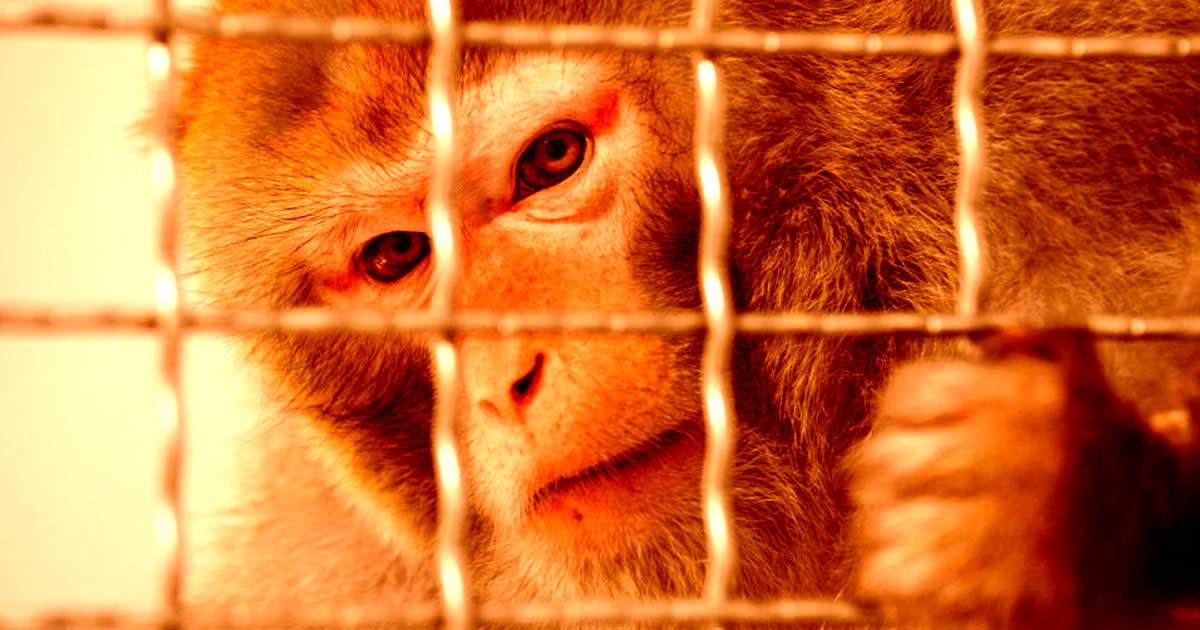Elon Musk Claims Neuralink Already Allowing Blind Monkeys to See Again

Monkey do, monkey see.
Multi-hyphenate billionaire Elon Musk is no stranger to making bold claims that can at times distort reality.
Yesterday, the mercurial CEO's brain computer interface startup Neuralink showed off its latest research during a livestream on X, allowing 29-year-old quadriplegic Nolan Arbaugh to play chess and even the video game "Civilization VI" on his laptop.
Yet plenty of questions remain regarding the wireless chip, dubbed "Telepathy," which was implanted using a robot inside Arbaugh's brain. Besides, brain-computer interfaces are far from new.
Now, Musk is making an even more startling claims: that Neuralink is also "curing blindness," as several publications have since put it in their headlines. The company's "Blindsight" product, he says, is "already working in monkeys."
"Resolution will be low at first, like early Nintendo graphics, but ultimately may exceed normal human vision," he added.
Of course, without any degree of transparency, it's impossible to back up Musk's claims. But if confirmed, it'd be a sign that Neuralink is catching up with the current state of the technology.
While Neuralink has likely made considerable progress in a short period of time, what the company has publicly shown off isn't exactly new — beyond the ability to wirelessly transmit signals, which could greatly enhance usability, and a streamlined robotic surgical procedure.
For many years now, researchers have been working on brain-computer interfaces that can restore vision. For instance, scientists at Monash University in Melbourne, Australia built the world's first "bionic eye" in 2020 that can do just that via a brain implant. In 2021, scientists in Spain implanted an "artificial retina," which is attached to a pair of glasses that can detect light, which it then processes into electrical signals and relays that data to the brain.
As Musk conceded, the resolution of these devices is still pretty low and researchers, not just at Neuralink, are looking for ways to bump up the number of "pixels," allowing patients to recognize faces for instance.
Musk's claims also leave plenty of questions unanswered. Were the monkeys born blind or did they lose their vision later? How much of their optic nerve was still intact? Most of the current brain computer interfaces are looking to restore vision. In other words, did the company have to start from scratch, or reconnect the pathways between their eyes and the brain?
Without knowing how Blindsight actually works, all we can do is guess at this point. If Neuralink were to bypass both the eye and the optic nerve, the device could be made available to far more people.
The mercurial CEO's claim that a Neuralink implant could eventually "exceed normal human vision" is also a characteristically grandiose plan. Remember, he promised in the past that by now Teslas would be fully self-driving and that he would have launched humans to Mars.
In short, as always, the billionaire should never be taken at his word, and our judgment of Neuralink's progress should be based on actual scientific evidence and the scrutiny of experts.
But if confirmed, the startup could be making considerable progress that could one day be a big deal for both quadriplegic patients and those who lost their vision.
In his tweet, Musk also reiterated that "no monkey has died or been seriously injured by a Neuralink device." Given the ample evidence to the contrary, his claims are anything but convincing.
More on Neuralink: Paralyzed Neuralink Patient Playing "Civilization VI" With His Mind

 Yahoo News
Yahoo News 
